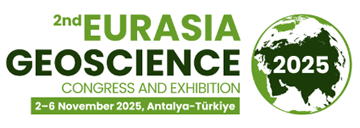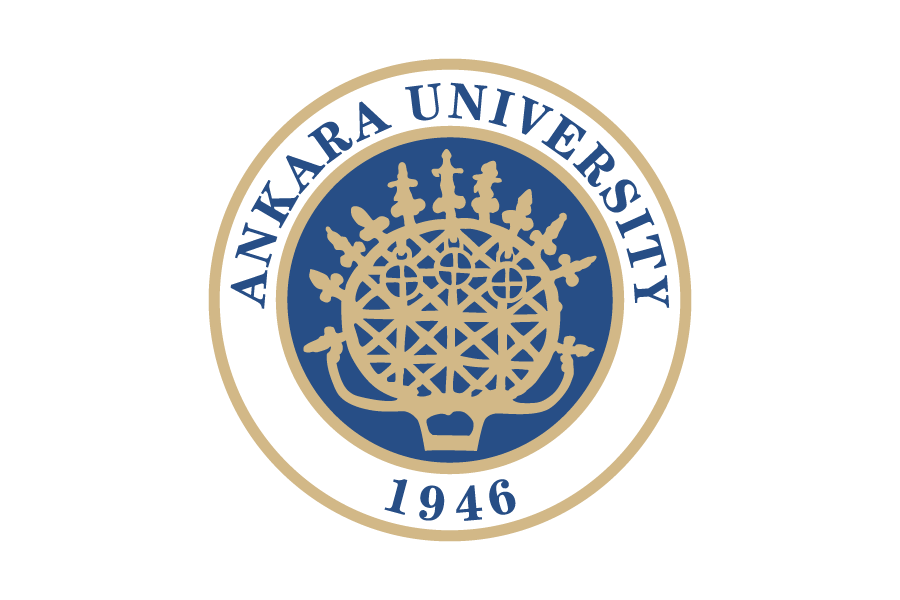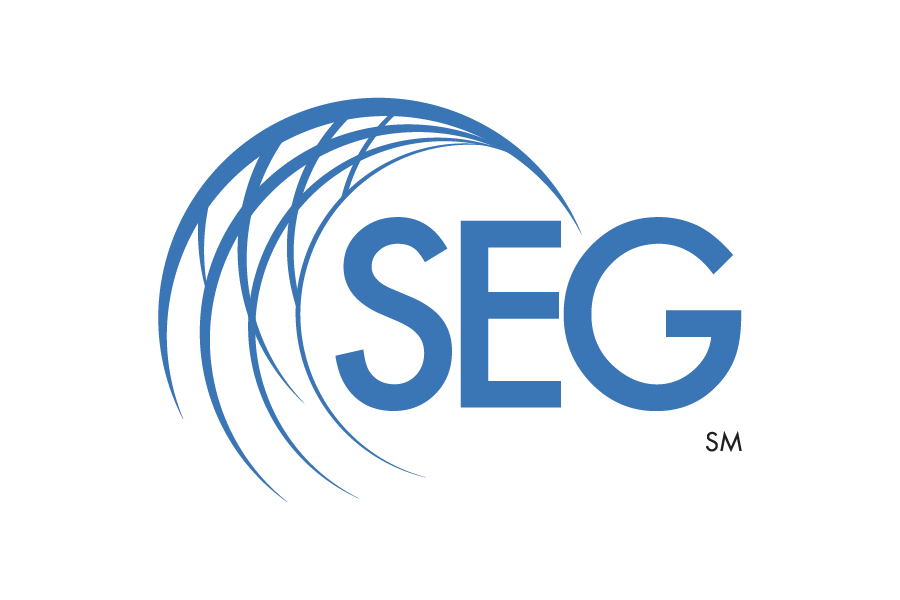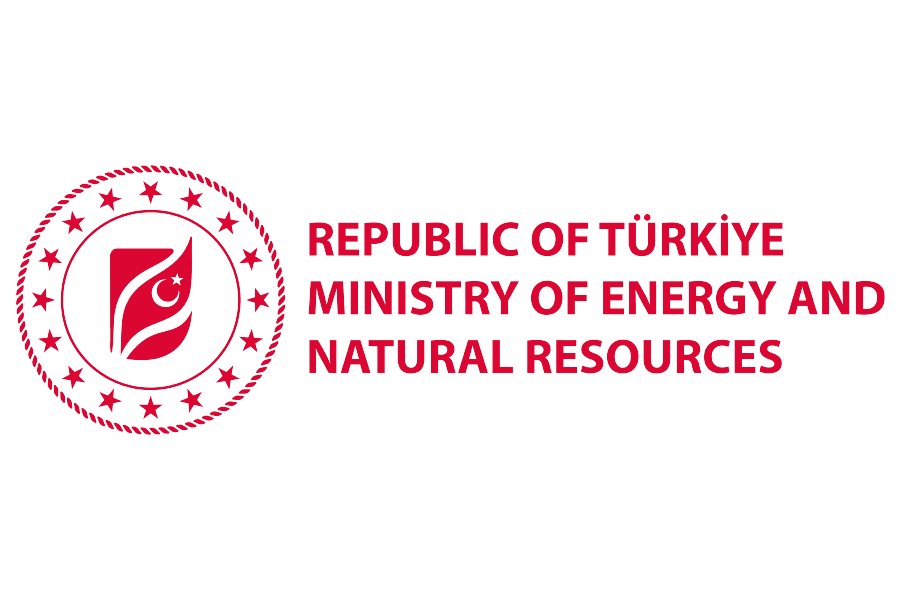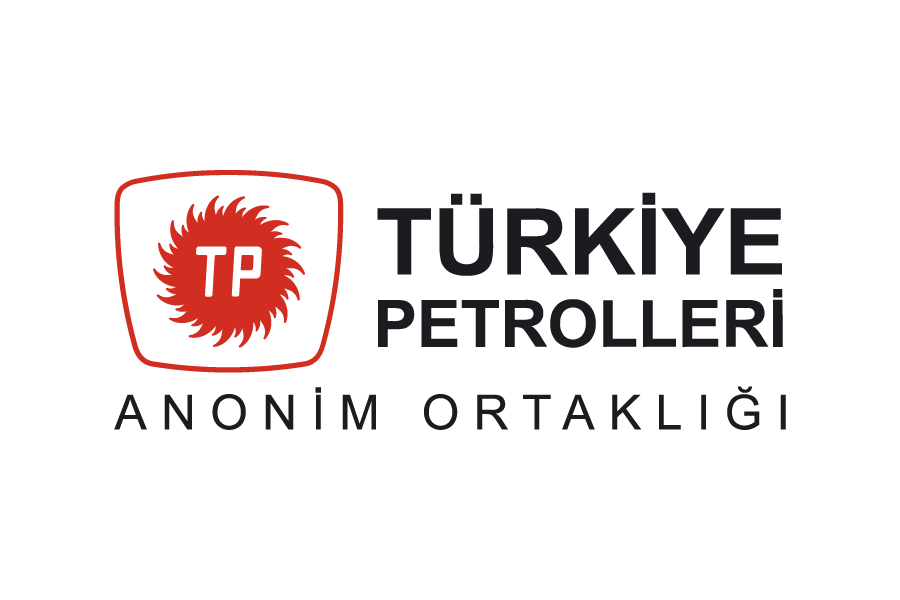TOPICS
This year, EGCE will focus on three main topics, which are as follows:
A1. Seismic Data Acquisition & Pre-Processing: 3D Seismic Survey Design, Machine Learning in Signal Processing and Applications
Conveners: Joel Le CALVEZ, Lianjie HUANG, Yi SHEN
Topic Description: Join us for the session "Seismic Data Acquisition & Pre-Processing: 3D Seismic Survey Design"– an in-depth look at the core strategies and emerging innovations shaping the future of subsurface imaging. As the demand for higher-resolution seismic data grows, the importance of effective 3D survey design continues to rise, playing a pivotal role in the success of exploration, development, and monitoring initiatives.
This session brings together leading industry professionals and academic researchers to examine cutting-edge methods in data acquisition, survey layout optimization, and pre-processing workflows that improve data quality and interpretability. Topics will include source-receiver geometry design, fold and azimuth distribution, noise attenuation, and terrain-adaptive configurations – each fundamental to delivering efficient, high-fidelity seismic surveys.
Whether you are involved in survey planning, data processing, or seismic interpretation, this session provides a dynamic platform to exchange insights and refine best practices. We welcome geoscientists, engineers, and data specialists to share their knowledge, present real-world applications, and engage in forward-thinking discussions on the evolving challenges and opportunities in 3D seismic survey design.
A2. Processing/Inversion: Anisotropy, AVO and Seismic Inversion, Full-Waveform Inversion (FWI), Q-Migration etc.
Conveners: Can ÖREN, Fuchun GAO, Taner ARPACI
Topic Description:
AVO, and Seismic Inversion: Reservoir Geophysics and quantitative interpretation methods, including deterministic and stochastic approaches, have been widely used in academic and industrial studies to infer elastic and petrophysical properties of subsurface reservoirs. Rock physics and modeling, AVO (amplitude-versus-offset) modeling and analysis, pre-stack and post-stack inversion methods and neural network applications are the main techniques used in these studies. Reservoir geophysics methods are not utilized only for the detection of fluids in the reservoir zones but also for creating a link between geology and geophysics. Therefore, diverse scaled data sets such as outcrops, thin sections and cores, well logs and seismic data are used to explain the relation between these disciplines. Due to uniqueness of solutions in each workflow itself, these methods have been still developing. We invite contributions related to oil and gas exploration and development, 4D feasibility studies, CCUS (carbon capture, utilization and storage) and more. Contributions on technical developments and case studies are highly welcome.
Full-Waveform Inversion (FWI), Q-Migration, etc.: Retrieving detailed subsurface physical parameters is crucial in exploration geophysics. Full-Waveform Inversion (FWI) has gained significant attention for its ability to produce high-resolution velocity, anisotropy, attenuation (Q), and elastic models. Advances in stable objective functions and accurate physics, including anisotropic elastic wave propagation, have made FWI effective, especially in complex geological settings. FWI not only delivers standalone high-resolution images but also enhances advanced seismic migration techniques such as Q-migration and least-squares migration, offering robust AVO-friendly imaging critical for reservoir characterization. Historically challenged by computational demands and cycle-skipping issues, FWI has overcome many barriers due to improved hardware, low-frequency sources, and better objective functions, with elastic FWI becoming increasingly popular. Current challenges include multi-parameter inversion, multi-component datasets, and uncertainty quantification.
Reverse Time Migration (RTM), a full-wave-equation-based method, excels in imaging complex structures with high amplitude fidelity, particularly when combined with least-squares approaches. While acoustic RTM is widely used, elastic and attenuation-compensated (Q) RTM are gaining industrial relevance.
This session welcomes contributions on theoretical and practical advancements in acoustic/elastic FWI, least-squares Q migration imaging and multi-parameter inversion across diverse geological scenarios to improve our understanding of the earth's interior.
Anisotropy: Topics such as anisotropic velocity model building and migration, the impact of anisotropy on NMO and AVO, the importance of azimuthal data, the use of well and VSP data for calibration, and elastic and azimuthal inversion for fracture prediction are welcome in this session.
A3. Interpretation: Geological & Seismic Interpretation, Reservoir Modeling, Characterization, Geomechanics
Conveners: Ebru BOZDAĞ
Topic Description: This session focuses on advanced interpretation techniques that integrate geological and geophysical data to enhance subsurface understanding for resource exploration and development.
Topics of interest include:
Seismic and geological interpretation for structural and stratigraphic analysis
Reservoir modeling and characterization using seismic attributes and well data
Integration of geophysical, geological, and petrophysical data for 3D reservoir models
Geomechanical analysis for wellbore stability, fracturing, and reservoir performance prediction
Case studies and methodological advancements that improve decision-making in exploration, development, and production are especially welcome.
A4. Geology and Geophysics Integration for Low Carbon Solutions (CO2)
Conveners: Erkan AY, Erşan TÜRKOĞLU
Topic Description: This session highlights the critical role of integrated geological and geophysical approaches in supporting low-carbon solutions, particularly carbon capture, utilization, and storage (CCUS).
We welcome contributions on:
Site selection and characterization for CO₂ storage using seismic, gravity, EM, and geological data
Monitoring CO₂ injection and migration with time-lapse (4D) geophysical methods
Geomechanical assessment of caprock integrity and reservoir behavior
Integrated modeling of storage capacity, injectivity, and long-term containment
Case studies from pilot and commercial CO₂ storage projects
Studies demonstrating interdisciplinary approaches that enhance the safety, efficiency, and viability of CO₂ storage are especially encouraged.
B1. Using Drone-Based Geophysics for Mineral Exploration, Geotechnical Applications and Archaeological Surveys
Conveners: Michael BECKEN, Volkmar SCHMIDT
Topic Description: Drones (or unmanned aerial vehicles, UAVs) have been successfully deployed for a large variety of geophysical and geotechnical applications, including magnetic prospection, electromagnetic and semi-airborne electromagnetic surveys, remote sensing, and more. These developments offer great opportunities for efficient data acquisition and measurements in challenging environments. At the same time, they create new requirements on sensor development and miniaturization, platform design, data processing, and data integration. In this session, we invite contributions related to drone-based geophysics and its application in mineral exploration, geotechnical investigations, archaeological prospection, or any other fields in geosciences. Contributions focusing on technical developments including surveying strategies, sensor and platform design, data processing and data analysis, as well as case studies are highly welcome.
B2. Non-Seismic Methods for Mineral Explorations 1: Electric and Electromagnetic Studies
Conveners: M. Emin CANDANSAYAR, Alper KIYAK, Erhan ERDOĞAN, Sinan AKISKA
Topic Description: Geophysical electric and electromagnetic methods are widely used in mineral and coal exploration. Traditionally, DC resistivity and Induced Polarization (IP) methods have been the primary tools for mineral exploration. However, in recent years, techniques such as Transient Electromagnetic (TEM), Audio-Magnetotelluric (AMT), Controlled-Source Audio-Magnetotelluric (CSAMT), and Controlled-Source Electromagnetic (CSEM) methods have gained importance, particularly for deep mineral exploration. Additionally, electric and electromagnetic studies are valuable tools for investigating mining-related problems such as landslides, groundwater rush into the gallery, subsidence risk and mine void detection.
This session welcomes contributions on methodological advancements, case studies, integration with geological and geochemical data, 2D/3D joint inversion with other geophysical methods, and field applications of electric and electromagnetic methods in mineral exploration.
B3. Non-Seismic Methods for Mineral Explorations 2: Gravity & Magnetic Methods
Conveners: Alexandros STAMPOLIDIS, Pantelis SOUPIOS
Topic Description: Gravity and magnetic methods are among the most widely used geophysical techniques in mineral exploration due to their cost-effectiveness, rapid coverage, and ability to map large-scale geological structures. These methods play a critical role in identifying lithological boundaries, structural features, and mineralized zones, especially in areas with limited outcrop or complex geology. High-resolution ground, airborne, and drone-based magnetic and gravity surveys are increasingly applied in both early-stage reconnaissance and advanced exploration.
Developments in data acquisition systems, processing techniques, and 3D modeling/inversion algorithms have significantly enhanced the interpretability and accuracy of results. Additionally, gravity and magnetic studies are valuable tools for investigating mining-related problems such as subsidence risk, mine void detection, and regional geological mapping.
This session welcomes contributions on methodological advancements, case studies, integration with geological and geochemical data, joint inversion with other geophysical methods, and field applications of gravity and magnetic techniques in mineral exploration.
B4. Geophysical and Geological Collaborative Studies for Natural Resources Explorations
Conveners: Veysel IŞIK, Nilgün OKAY
Topic Description: The integration of geophysical and geological methods has become essential in the efficient and accurate exploration of natural resources such as rare minerals (e.g., lithium, rare earth elements), hydrocarbons, and geothermal energy. Collaborative approaches that merge geological mapping, structural interpretation, geochemical data, and petrophysical analysis with advanced geophysical techniques provide deeper insights into subsurface systems and significantly reduce exploration risk.
In mineral exploration, especially for critical and strategic resources like lithium and rare earth elements, combining geophysical data (gravity, magnetics, EM, IP) with geological models improves the targeting of ore bodies and alteration zones. For hydrocarbons, integrating seismic data with structural and stratigraphic interpretation enhances reservoir prediction and reduces drilling uncertainties. In geothermal exploration, joint studies support the identification of heat sources, fluid pathways, and reservoir boundaries through the integration of resistivity, MT, gravity, and geological data.
This session invites contributions that showcase integrated exploration workflows, case studies from different resource types, advancements in joint inversion and 3D modeling, and examples of successful interdisciplinary collaboration between geologists and geophysicists. Applications across early reconnaissance to advanced drilling support stages are welcome.
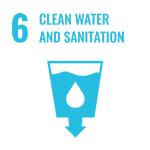
C1. Hydrogeophysics and Hydrogeological Studies for "Clean Water and Sanitation"
Conveners: Bassam TAWABINI, Ertan PEKŞEN, Selim S. ÇALLI
Topic Description: This session focuses on the use of integrated geophysical and hydrogeological methods to support clean water access and sustainable groundwater management. Topics include groundwater exploration on land and in coastal zones, submarine groundwater discharge, and urban geophysics applications related to water supply and contamination.
We welcome contributions on:
Electrical, EM, ERT, seismic, and gravity methods for groundwater quality characterization, monitoring and mapping
Coastal and submarine freshwater investigations
Urban groundwater challenges and buried infrastructure mapping, geophysical mapping of saltwater Intrusion in coastal aquifers
Integrated geophysical-hydrogeological modeling and case studies
Studies addressing clean water and sanitation (SDG 6) through innovative, interdisciplinary approaches are especially encouraged.

C2. Geoscience Research for Advancing Clean Energy Solutions
Conveners: Kurt STRACK, Bülent KAYPAK, Irfan AKÇA
Topic Description: This session highlights the role of geoscientific methods in supporting the transition to clean and sustainable energy. Focus areas include geothermal exploration and monitoring, as well as site investigations for wind and hydropower infrastructure.
We welcome studies on:
Geothermal resource exploration using Magnetotelluric (MT), Controlled-Source Electromagnetic (CSEM), and seismic methods
Monitoring geothermal reservoirs with active/passive seismic and EM techniques
Geophysical investigations for geothermal water re-injection well placement
Site surveys and subsurface assessments for wind turbine foundations
Dam site characterization and long-term geotechnical safety monitoring
Integrated geological and geophysical approaches that contribute to efficient, safe, and sustainable energy solutions are strongly encouraged.

C3. Earth Science and Civil Engineering Collaboration for Sustainable Cities
Conveners: Ayşegül ASKAN, Emin U. ULUGERGERLI, H. Sadi KULELİ, Ismail KAPLANVURAL, Lucian BESUTIU, N. Yıldırım GÜNDOĞDU, Ruben TATEVOSSIAN
Topic Description: This session focuses on the integration of geoscience and civil engineering to promote safer, more resilient urban environments. Emphasis is placed on the use of geophysical and geological methods to support sustainable infrastructure planning and seismic risk mitigation.
Topics include:
Geophysical and geological investigations for earthquake-resistant structural design
Non-destructive geophysical testing of concrete and subsurface conditions in urban areas
Seismic hazard assessment and microzonation practices
Site response analysis and ground motion studies
Case studies demonstrating successful collaboration between earth scientists and civil engineers
Contributions that showcase interdisciplinary approaches to building resilient, sustainable cities are strongly encouraged.

C4. Passive Seismic Data Acquisition, Monitoring, Tomography for Sustainable Cities
Conveners: Aybige AKINCI, Ayşe KASLILAR, Makoto OKUBO, Mohamed ElGABRY, Rajesh REKAPALLI, Sandeep KUMAR GUPTA
Topic Description: This session focuses on passive seismic techniques that use natural seismic waves to provide sustainable, non-invasive subsurface imaging crucial for urban resilience. Key applications include:
Mapping subsurface structures for safe urban infrastructure
Seismic hazard assessment for earthquake-resistant design
Groundwater and environmental monitoring
Volcanic and tectonic activity surveillance
Geothermal reservoir identification
Urban seismic microzonation for risk management
Monitoring climate-driven geohazards like permafrost thaw and landslides
Protecting cultural heritage sites through non-destructive imaging
New generation seismometers: acceleration and velocity sensors
Earthquake and tsunami early warning systems
Seismic sensors for high-rise buildings and dam monitoring
Passive seismic data processing and tomography applications
Distributed Acoustic Sensing (DAS) applications
We invite research and case studies showcasing innovations in passive seismic methods that support safer, smarter, and more sustainable cities across Eurasia and beyond.

C5. Earth Science Studies in the Poles
Conveners: Alper GÜRBÜZ, Mustafa ŞENKAYA
Topic Description: The polar regions are critical barometers of global climate change, with rapid environmental shifts impacting ecosystems, sea levels, and weather patterns worldwide. Understanding these changes is essential for science, policy, and sustainable stewardship of our planet. We invite researchers to submit abstracts for a high-level session on Earth Science Studies in the Arctic and Antarctic, focusing on key themes including climate dynamics and permafrost thaw, which drive critical feedback loops in warming polar systems; geophysical subsurface imaging, enabling innovative mapping of geomorphological structures; surface processes and glacial dynamics, tracking ice loss, erosion, and landscape resilience; paleobiology and past environment reconstructions, unlocking insights from Arctic and Antarctic archives into Earth's climatic history; and integrated cryosphere-biosphere-geosphere studies, fostering interdisciplinary approaches to polar system science. This session will highlight cutting-edge research to inform policymakers, guide adaptation strategies, and address pressing challenges in polar science.
